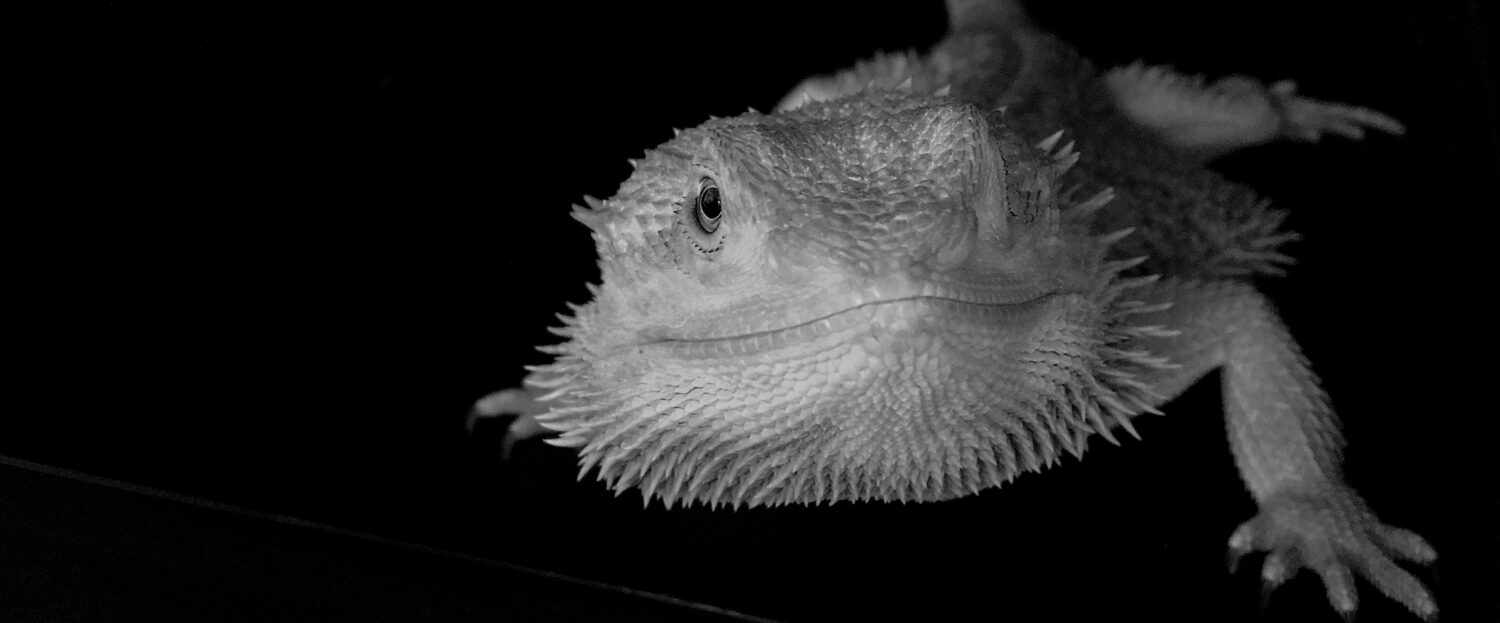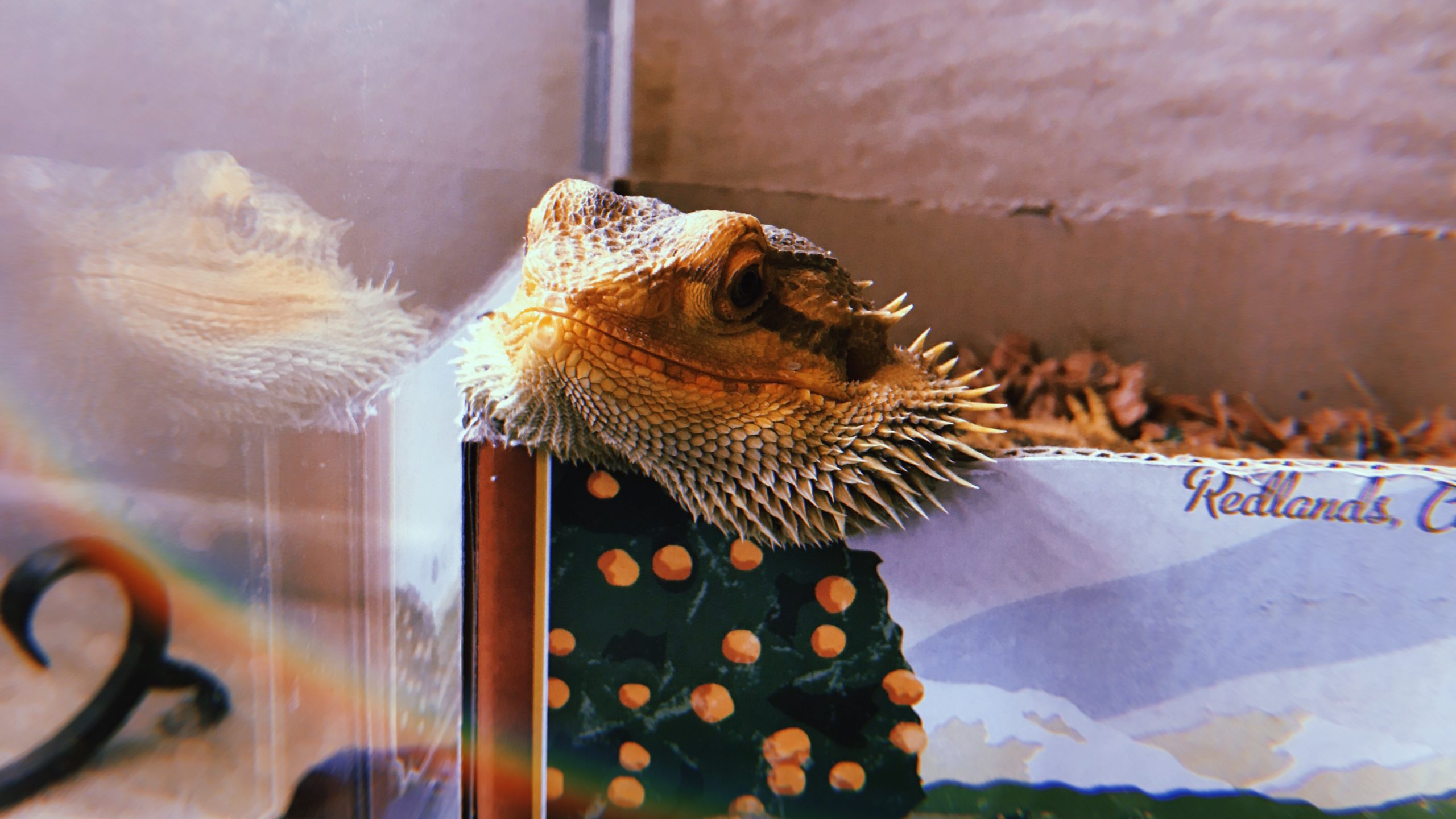Is your bearded dragon acting a little extra restless—scratching at the glass, pacing, or even doing some “glass surfing”? This could be their way of telling you they need more sensory stimulation! A dig box is the perfect solution to help them burn off that excess energy. Not only does it keep them entertained, but it also prevents them from getting into self-destructive behaviors. It’s like setting up their very own little adventure zone!
First, let’s identify some possible causes for the digging behavior:

- Egg-laying time – If you’ve got a female, she could be getting ready to lay eggs (this is the most common cause). Note: While the dig box is great, it’s not meant for egg-laying, but the process can be similar!
- Cooling off – Your bearded dragon might be trying to find a cool spot to relax. A little digging can help them get comfortable.
- Brumation prep – If your dragon’s about to brumate, they might dig as part of their natural instinct to get ready for their long winter nap.
- Self-soothing – Digging can also be a calming, self-soothing behavior. It’s like their version of a stress ball!
No need to stress – digging is totally natural behavior for bearded dragons! These little guys are one of the most popular pet lizards around, and let’s be honest, they’re known for doing some pretty quirky things now and then. It’s just part of their charm!
This post may have affiliate links, which means I may receive commissions if you choose to purchase through links I provide (at no extra cost to you). Thank you for supporting the work I put into this site!
Big Dig Energy
Norman is the dig king in our pack, he’s my cave-dwelling sulky teen.

When I first brought him home, he lumbered around like a confused little guy, scratching at the tile substrate. It was clear he felt a bit exposed, so I quickly set up a cozy little hideaway – his very own personal foxhole.
So, what exactly is a Dig Box, and why should you care?
A dig box is simply a small, controlled area where your bearded dragon can, you guessed it, dig! Groundbreaking stuff, right? But trust me, it’s a game-changer for their happiness and well-being.
Why does it matter? Well, your bearded dragon is probably trying to scratch an internal itch that we can help with by giving them a simple cognitive task. Plus, it’s a fantastic workout! Trust me, flailing around in their enclosures can lead to accidents—Grimm has damaged his toes and tail a few times during one of his episodes when I wasn’t home.
There are plenty of ways to create a dig box, but the method I’m about to share is something I threw together one night, liked, and decided to stick with. Simple as that!
What Kind of Box Can You Use?
I used a 12-pack of bottled beer—booze and beardie’s all night long.

Plastic or disposable boxes work just fine (and they’re more sanitary and easy to clean).
Norman is on the smaller side, so he fits perfectly into a 12-pack box—it’s more about whether they look cute to me than anything else.
But really, you can use any box you like! Litter boxes? Great option!
My first prototype was a humble shoe box. It was meant for Grimm, who did sleep in it for one night, but then spent the next morning giving me the stink-eye for daring to introduce a new object into his kingdom.
At the end of the day, just choose what works best for you and your bearded dragon!
Choosing the Right Substrate
The next thing you need is substrate.
I use the Exo Terra Coco Husk Terrarium Substrate in my dig boxes. It’s not anything fancy, but it works perfectly for us. It gives Norman some resistance, provides good cover for burrowing, and—thankfully—he’s not tempted to munch on it.

You don’t have to use coconut husk—some people use seeds like millet and flax.
A lot of people go for sand, but I’m not a fan. It’s just too messy for my taste!
And a quick tip: avoid feeding your bearded dragon in their dig box. You don’t want them accidentally munching on whatever substrate you’ve used—that’s not something you want to experience.
You know your dragon more than anyone, use whatever substrate you are comfortable with.
Okay back to it, the last thing you’ll need is a pair of scissors.
Put It All Together
Once you have chosen your preferred box and substrate, you are ready to make a dig box that your bearded dragon will surely enjoy.

Step 1. This is crucial to the successful completion of your new dig box. If you chose a 12-pack, then drink your beer (advocating tipsy DIY).
Step 2. Cut the top of the box off leaving about 4-6 inches from the bottom.
Make it tall enough that your bearded dragon cannot kick substrate over the sides but still low enough that they don’t struggle to get into the box.
Step 3. Break up the coconut brick (or whichever substrate you choose) and fill your box 2-3-inches from the top.
That’s all folks, now you have a dig box!
Enjoy your New Dig Box!
Introduce your new dig box to your bearded dragon however you feel comfortable.

Norman instantly knew what to do with his new dig box—it was like he had been waiting for it! You can show them how to use it by gently placing them inside and moving some substrate around, or just let them figure it out on their own. Either way, if it’s something they’ve been seeking, then they’ll get the hang of it!
Have fun setting up your new dig box because your bearded dragon will have a blast digging, exercising, and improving their dexterity. When introducing it, just do what feels best for both of you.
A word on cleaning – I change the substrate as needed, and if Norman decides to poop in or on it, I simply toss it out and make a fresh one. If you want an even easier clean-up, using a reusable plastic tub is a game changer!
Did you find this article useful? Let me know by leaving a comment below or follow us on Instagram.
You can find many of the items on this list on Amazon!


Great article, thank you!
It was a fun read as well I learned a little. 🙂
I want to thank you for your suggestion. I am a 70 yo newbie to bearded dragons. Gizzy is 4.5 months old and loves to sleep in the back corner of the enclosure. He only sleeps there when the lights go off. What do you think about the eco soil and play sand. I do like your idea about the flax, red millet, or hulled buckwheat. What’s is your thoughts about those? How deep should it be. He is only 40 grams but does roll in it. He comes out loaded with sand. I need to change his enclosure soon. Thank you so much for your article. I never thought I find this let alone a name for it “dig box”.
Exactly the info I was looking for. Can’t wait to get what I need for this.